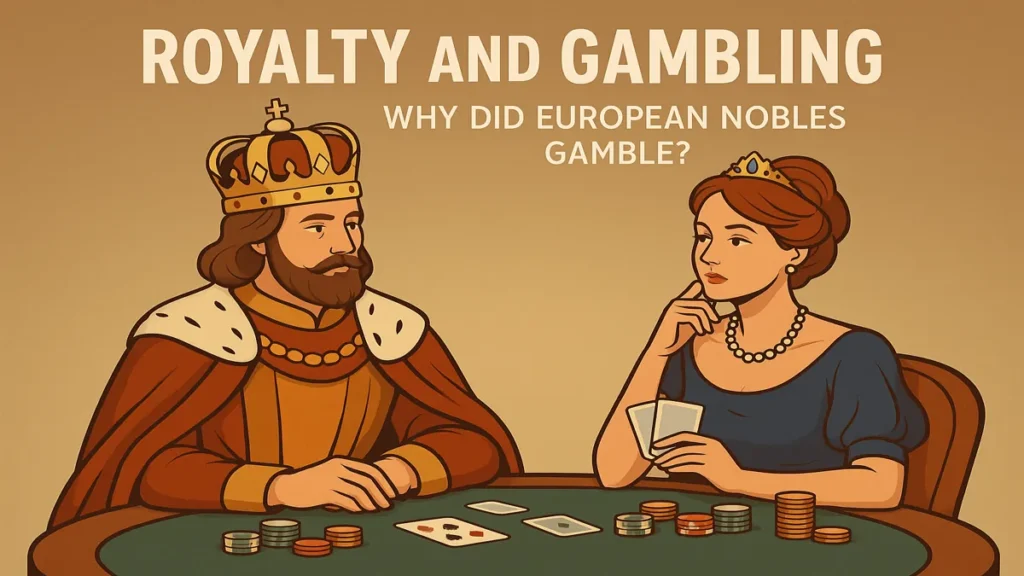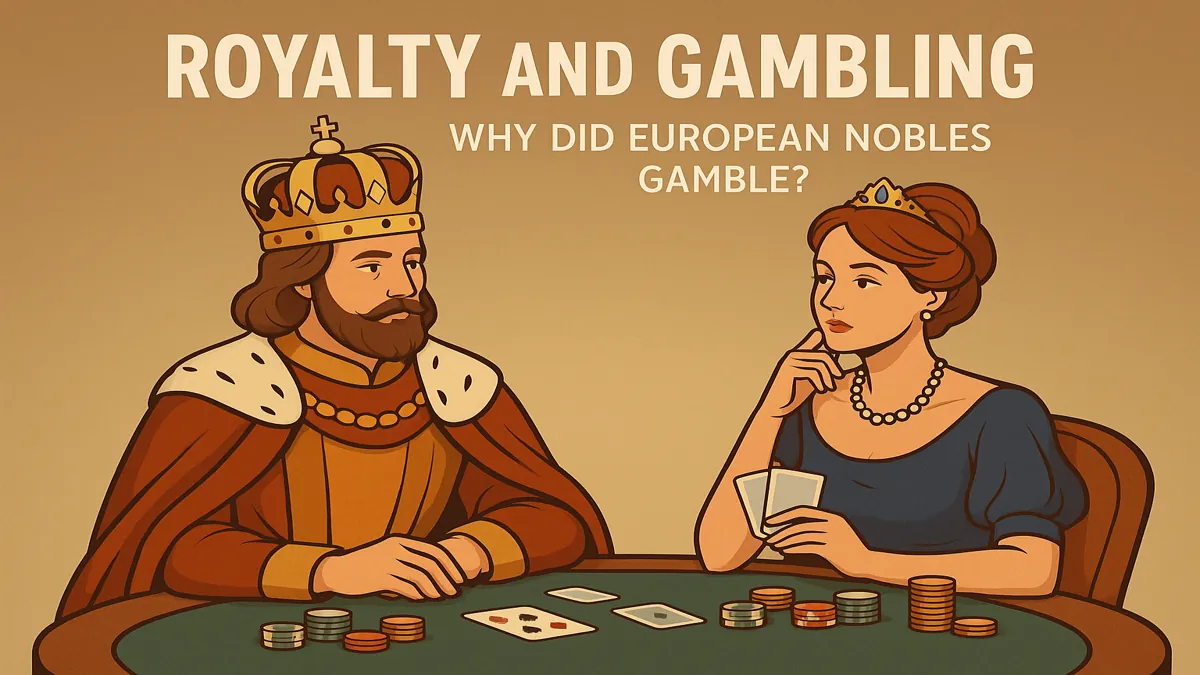Royalty and gambling were inseparable in aristocratic Europe, where gambling wasn’t just a pastime—it was a royal obsession. From political intrigue to displays of wealth, this fusion reveals how deeply embedded games of chance were in elite society.

The Rise of Gambling in European Courts
Gambling as a Royal Hobby
European monarchs and nobles in the 16th to 18th centuries viewed gambling as an elite form of leisure. From Louis XIV’s court in Versailles to Britain’s King Charles II, gaming tables were as common as political debates.
Wagers and Power Displays
Gambling wasn’t only for entertainment. Bets placed in royal courts often reflected political alliances or social posturing. To lose gracefully—or win extravagantly—was a matter of royal image.
Royalty and Gambling as Political Tools of Influence
Strategy Behind the Cards
In many cases, rulers used gambling to monitor or manipulate court relationships. Hosting luxurious game nights allowed monarchs to observe loyalties and diffuse tension without confrontation.
Gambling Restrictions Among Commoners
Interestingly, gambling was sometimes outlawed for the general public, while kings and queens continued to indulge. This contrast emphasized the divide between royal privilege and common law.
Cultural Reflections of Royal Gambling
Royal Patronage of Gambling Venues
Many European gambling houses had noble patrons or were inspired by the elegance of royal courts. The Ridotto in Venice (arguably the first casino) catered to the aristocracy under the disguise of masquerade and formalwear.
Royalty and Gambling in Modern Media
Contemporary films and series like The Favourite or Marie Antoinette have highlighted how deeply gambling was tied to royal character and downfall—revealing its lasting symbolic power.
What Royal Gambling Teaches Us
The enduring connection between royalty and gambling offers a window into elite culture and societal values. It wasn’t just about luck—it was about control, spectacle, and social hierarchy.
